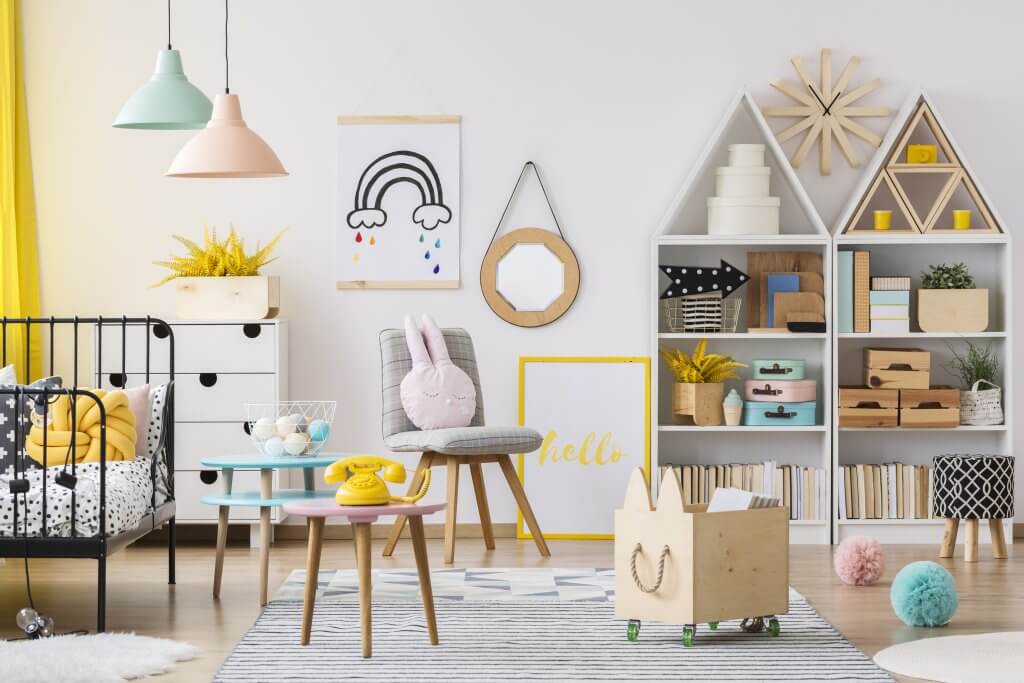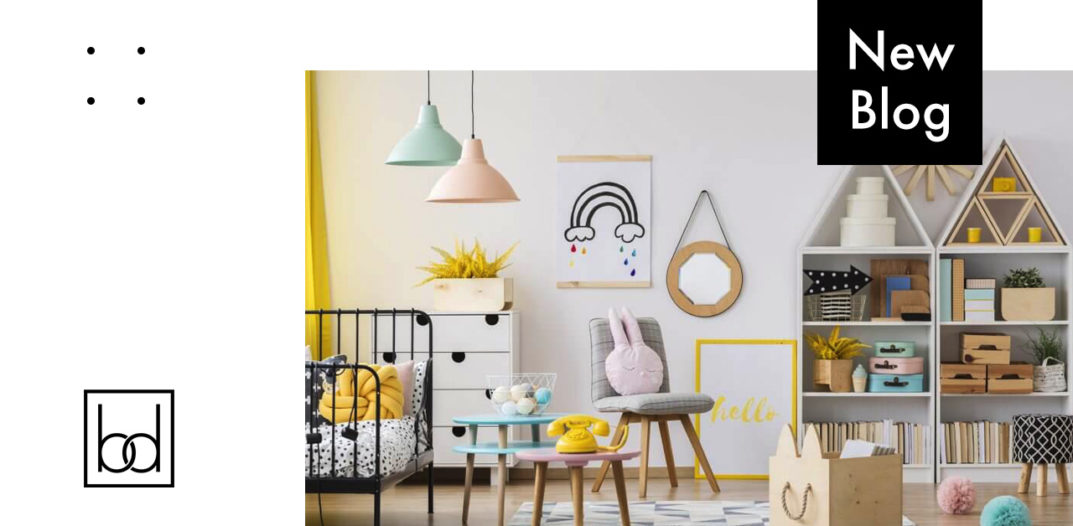
If you have kids, chances are several rooms in your house always seem to be exploding with toys, puzzles, games, books, and the like. These items seem to multiply and scatter on an almost daily basis, and keeping them neatly organized and tidy can be a major undertaking. Holidays and birthdays always seem to make the situation worse, and for some of us, so does quarantine, as we search for new ways to keep our kids occupied. Here are a few tips for helping your kids gain control of their own chaos.
Start with a Purge
Kids often have a hard time letting go of a favorite toy, even if it no longer works or is missing parts, such as with a puzzle or board game. Help them by gently explaining that if something can no longer be used, there’s no reason to allow it to continue taking up space that could be allocated to a functioning toy instead. Throw away anything that can no longer be played with.
Next move on to items that are in good shape, but that your kids may have simply lost interest in. These items can be donated to a local children’s charity, used in a yard sale, or offered for free to friends or neighbors. In fact, many neighborhoods hold regular “toy exchanges” so that kids can gain something new at no cost by trading something that is no longer of value to them. If your neighborhood doesn’t already host an exchange, consider starting one!
Organize into Groups for Storage
After the toys you aren’t keeping are removed, begin the process of sorting through the keepers. Group similar items together, such as all books in one place, puzzles in another, etc. This process may lead your child to find additional items to toss or donate, once they see how many of a certain thing they actually have. Perhaps the Barbie collection was a bit larger than your child realized, or there may even be duplicates in the board game stack.
Once like items are grouped together, use storage bins to keep them organized and separated. Make sure bins are easy for your children to access and open on their own, and label them with their contents. For children who are not yet readers, you can use a picture or drawing rather than a written label so they can easily see what belongs inside, and to help them quickly find their favorite toys.
Start a Cleaning Routine
Set aside time each day for a quick cleanup of toys that may have become scattered about throughout the day. Just before getting ready for bed is a great time to establish this cleaning routine. A quick sweep of the house to find wayward stuffed animals and toy pieces will prevent one day’s clutter from spilling over into the next.
You can also establish a schedule for your kids to look through their toy inventory, perhaps on a monthly or quarterly basis, whereby your kids reevaluate the contents of their toy bins. This will help you stay on top of what may need batteries or a quick trip to the sewing kit. A larger purge should be repeated before holidays and birthdays when you know more toys will be coming into your home.
Follow the Same Rules
Show your kids the importance of keeping their toys organized by following the same steps with your own belongings. When they see you going through the decluttering process and throwing out or donating unused items, they better understand the importance of doing so themselves. And after your family has completed a major cleanup, reward yourselves! Maybe this could mean a movie night or trip to the local ice cream shop, or some other activity that doesn’t lead to more toys entering your home!

